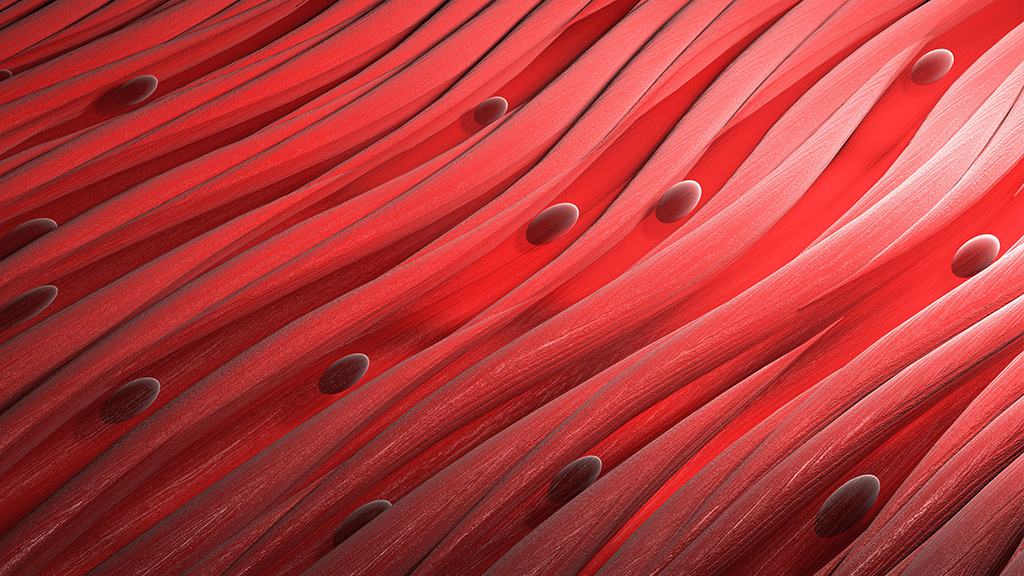High School | Daily Do
How do cells know which amino acids go together to make certain proteins? (Playlist Version)

Lesson Snapshot
High school students, as scientists, investigate how new proteins are created using pieces of the proteins they ate to answer the following driving question: How do cells know which amino acids go together to make certain proteins? Students will figure out how genes are composed of a sequence of DNA that is then transcribed to RNA, which determines the sequence of amino acids that make up a protein.
Click the Download PDF button above for the complete Lesson Plan.
Materials
Student Materials
Per Student
- Transcription and Translation Practice Sheet
- DNA to Protein Investigations Activity Sheet
- DNA to Protein Simulation
- Protein Synthesis Overview Infographic
- Amino Acids Chart (grouped by hydrophobic and hydrophilic)
- Codon Wheel and Chart
- Zooming In on the Actin Gene
- A laptop or Chromebook to work with the simulation and modeling investigations
Teacher Materials
- Several pieces of chart paper and chart markers or another space to record student ideas publicly
- From DNA to Protein—3D video
- DNA to Protein Simulation
- Actin Sequence (from NCBI) [National Center for Biotechnology Information]






